Home>Articles>At What Temperature Does Fiberglass Insulation Burn
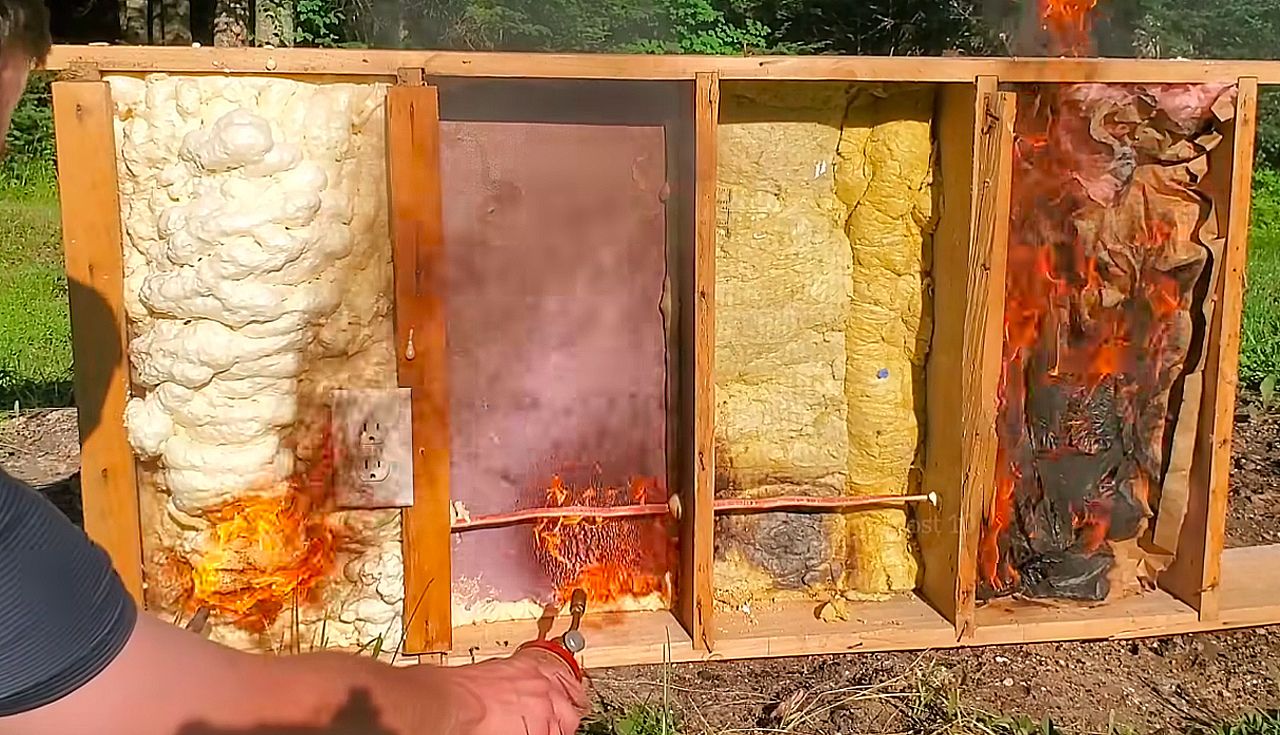

Articles
At What Temperature Does Fiberglass Insulation Burn
Modified: December 7, 2023
Discover the temperature at which fiberglass insulation can burn and understand how it affects safety. Get expert articles on fire resistance and precautions.
(Many of the links in this article redirect to a specific reviewed product. Your purchase of these products through affiliate links helps to generate commission for Storables.com, at no extra cost. Learn more)
Introduction
Fiberglass insulation is a popular choice for both residential and commercial buildings due to its excellent thermal and acoustic insulation properties. It is widely used to reduce heat transfer and noise transmission, creating a comfortable and energy-efficient environment. However, as with any material, there are concerns regarding its combustibility and the temperature at which fiberglass insulation may burn.
Fiberglass insulation is made from molten glass that is spun into fibers and then woven or compressed into various forms, such as batts, rolls, or loose-fill. These fibers trap pockets of air, creating a barrier that slows down the transfer of heat. Fiberglass insulation is non-combustible, meaning it does not easily ignite when exposed to an open flame. However, it is crucial to understand the factors that can affect the burning point of fiberglass insulation and take necessary safety precautions.
Key Takeaways:
- Fiberglass insulation has a high melting point, making it non-combustible, but factors like thickness, density, and surrounding materials can influence its burning point. Proper installation and regular maintenance are crucial for safety.
- Testing, such as the ASTM E136 test, helps determine the specific burning point of fiberglass insulation. Following safety measures and consulting professionals ensures its safe and effective use in buildings.
Read more: What Is The R-Value Of Fiberglass Insulation
Properties of Fiberglass Insulation
Fiberglass insulation possesses several properties that make it an excellent choice for insulation in residential and commercial buildings.
- Thermal Insulation: Fiberglass insulation effectively reduces the transfer of heat through walls, ceilings, and floors. Its low thermal conductivity helps to maintain a comfortable temperature indoors and reduce energy consumption.
- Acoustic Insulation: In addition to thermal insulation, fiberglass insulation is also highly effective in reducing noise transmission. It helps to absorb and dampen sound vibrations, creating a quieter environment inside buildings.
- Fire Resistance: While fiberglass insulation is not completely fireproof, it is naturally fire-resistant. It doesn’t readily contribute to the spread of flames and can act as a barrier, delaying the spread of fire in case of an incident.
- Moisture Resistance: Fiberglass insulation is resistant to moisture absorption, helping to prevent the growth of mold and mildew. This makes it a suitable choice for areas prone to high humidity, such as bathrooms and basements.
- Longevity: When properly installed and maintained, fiberglass insulation can have a long lifespan. It is resistant to shrinking, settling, and deteriorating, ensuring its effectiveness as an insulation material for years to come.
These properties make fiberglass insulation a versatile and reliable choice for both residential and commercial applications. However, it is crucial to understand its combustibility and the factors that can influence the burning point of fiberglass insulation.
Combustibility of Fiberglass Insulation
Fiberglass insulation is classified as a non-combustible material, which means it does not readily catch fire in the presence of an open flame. When exposed to high temperatures, fiberglass insulation does not produce harmful smoke or toxic gases, making it a safer option compared to other insulation materials.
The non-combustible nature of fiberglass insulation is attributed to its composition. It is primarily made of glass fibers and binders that have a high melting point, typically around 1000°C (1832°F) or higher. This high melting point ensures that the insulation does not ignite or support the rapid spread of flames.
However, it is important to note that while fiberglass insulation itself may not burn, it can be damaged by prolonged exposure to high temperatures. Continuous exposure to temperatures above its melting point can cause the insulation to degrade, lose its effectiveness, and potentially release harmful fibers into the air. Therefore, it is crucial to understand the factors that can affect the burning point of fiberglass insulation.
It is worth mentioning that the presence of other highly combustible materials in the vicinity of fiberglass insulation can increase the risk of fire. For example, if there are flammable materials, faulty electrical wiring, or open flames in close proximity to fiberglass insulation, the potential for a fire to spread may increase.
Factors Affecting the Burning Point of Fiberglass Insulation
Several factors can influence the burning point of fiberglass insulation and determine its ability to withstand high temperatures:
- Thickness and Density: The thickness and density of fiberglass insulation can affect its resistance to heat. Thicker and denser insulation generally has a higher burning point, as it takes longer for heat to penetrate through the material.
- Surrounding Materials: The presence of combustible materials in the vicinity of fiberglass insulation can increase the risk of fire. If there are flammable substances nearby, it may ignite and potentially lead to the ignition of the insulation.
- Installation Practices: Proper installation is crucial for maintaining the fire-resistant properties of fiberglass insulation. Gaps or improper sealing can allow flames or hot gases to reach the insulation, increasing the likelihood of combustion.
- Exposure to Heat Sources: Continuous exposure to high temperatures, such as from nearby heating elements or equipment, can degrade the fiberglass insulation over time. This can lower its burning point and increase the risk of a fire starting.
- Chemical Exposure: Certain chemicals and solvents can weaken or damage fiberglass insulation, making it more susceptible to ignition. It is important to avoid exposing the insulation to corrosive chemicals or substances that may compromise its fire-resistant properties.
- Maintenance and Damage: Regular maintenance and inspections are vital for ensuring the integrity of fiberglass insulation. Any damage, such as tears, punctures, or moisture infiltration, can affect its fire resistance and increase the risk of combustion.
By considering these factors and taking proper precautions, the risk of fiberglass insulation reaching its burning point can be minimized, ensuring a safer environment within buildings.
Fiberglass insulation begins to melt at around 1,000°F (538°C) and can ignite at around 1,200°F (649°C). It’s important to be aware of these temperatures when considering fire safety in buildings.
Testing the Temperature at Which Fiberglass Insulation Burns
The temperature at which fiberglass insulation burns can vary depending on various factors, such as its composition, thickness, density, and surrounding conditions. Testing is conducted to determine the specific burning point of different types and forms of fiberglass insulation.
One common test to assess the flammability of insulation materials is the ASTM E136 test. This test measures the material’s ability to resist exposure to high temperatures and prevents the sustained spread of fire. It involves subjecting the insulation sample to a controlled flame and monitoring its reaction.
During the test, a sample of the fiberglass insulation is exposed to a gas flame. The flame is applied to the sample for a specific duration, often 10 minutes, while monitoring the behavior and spread of fire. The insulation passes the test if it does not ignite or support the continued spread of flames.
Based on the results of this test, manufacturers can provide information on the specific burning point or temperature resistance of their fiberglass insulation products. It is important to consult the manufacturer’s specifications to ensure the insulation’s suitability for specific applications and environments.
It is worth noting that the burning point determined in laboratory testing conditions may not always reflect real-world scenarios. In actual fires, the presence of other factors, such as accelerants, ventilation, and building materials, can influence the behavior of fiberglass insulation. Therefore, it is crucial to follow proper safety practices and regulations to minimize the risk of fire.
It is recommended to adhere to local building codes and regulations, which often provide guidelines for the safe installation and use of insulation materials. Additionally, consulting with professionals, such as fire safety experts or insulation contractors, can provide valuable insights and ensure compliance with safety standards.
Read more: Why Is Fiberglass Used In Insulation
Safety Measures for Fiberglass Insulation
While fiberglass insulation is generally considered safe, it is important to take necessary precautions to ensure the wellbeing of occupants and minimize potential risks. Here are some safety measures to consider:
- Proper Installation: Ensure that fiberglass insulation is installed correctly by following manufacturer guidelines and local building codes. This includes sealing any gaps or openings to prevent the infiltration of flames or hot gases.
- Protective Gear: When handling fiberglass insulation, wear appropriate protective gear, such as gloves, long sleeves, pants, and a mask, to prevent skin irritation and inhaling loose fibers.
- Avoiding Physical Damage: Avoid compressing or damaging the insulation, as it may affect its fire-resistant properties. Take care when accessing areas with fiberglass insulation and avoid puncturing or tearing it.
- Handling Waste Material: If removing or disposing of fiberglass insulation, handle it carefully to prevent the release of loose fibers. Place discarded insulation in sealed bags or containers and dispose of it according to local regulations.
- Fire Safety Precautions: Ensure that there are no open flames, smoking areas, or flammable materials in close proximity to fiberglass insulation. Maintain proper fire safety measures, including functional smoke alarms and fire extinguishers.
- Regular Maintenance: Inspect fiberglass insulation regularly for signs of damage, moisture buildup, or pests. Address any issues promptly to maintain the effectiveness and safety of the insulation.
- Consult Professionals: When in doubt or facing specific insulation challenges, consult professionals such as insulation contractors or fire safety experts. They can provide guidance and recommendations based on their expertise.
By following these safety measures, you can ensure the proper installation and handling of fiberglass insulation, reducing the potential risks associated with its use.
Conclusion
Fiberglass insulation is a widely used and effective insulation material in residential and commercial buildings. Its properties, such as thermal and acoustic insulation, fire resistance, moisture resistance, and longevity, make it a popular choice for creating comfortable and energy-efficient environments.
While fiberglass insulation itself is non-combustible and has a high melting point, it is crucial to understand the factors that can influence its burning point. Factors such as thickness, density, surrounding materials, installation practices, exposure to heat sources, chemical exposure, and maintenance can affect the insulation’s ability to withstand high temperatures.
Testing, such as the ASTM E136 test, helps determine the specific burning point of different types and forms of fiberglass insulation. Manufacturers provide information on temperature resistance based on these tests. However, it is essential to follow safety measures and consult local building codes and regulations to ensure proper installation and use of fiberglass insulation.
To ensure safety and minimize potential risks, it is important to install fiberglass insulation correctly, wear protective gear during handling, avoid physical damage, handle waste material carefully, and maintain fire safety precautions. Regular maintenance, inspections, and consulting professionals can further enhance safety protocols.
In conclusion, fiberglass insulation is a valuable and efficient insulation solution when used appropriately. By understanding its properties, factors affecting burning point, and taking necessary safety measures, you can enhance its effectiveness and create a safe and comfortable environment within buildings.
Frequently Asked Questions about At What Temperature Does Fiberglass Insulation Burn
Was this page helpful?
At Storables.com, we guarantee accurate and reliable information. Our content, validated by Expert Board Contributors, is crafted following stringent Editorial Policies. We're committed to providing you with well-researched, expert-backed insights for all your informational needs.
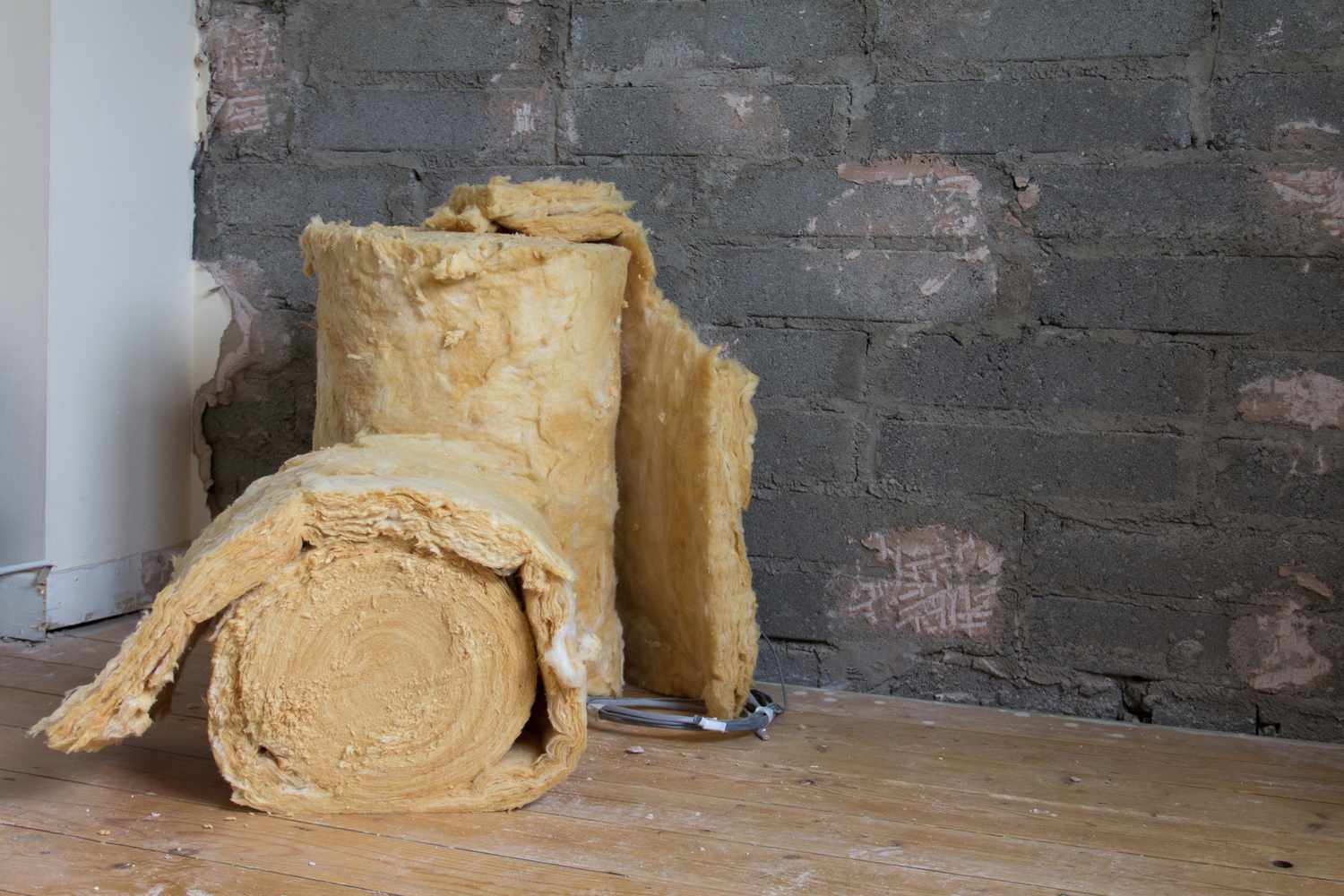
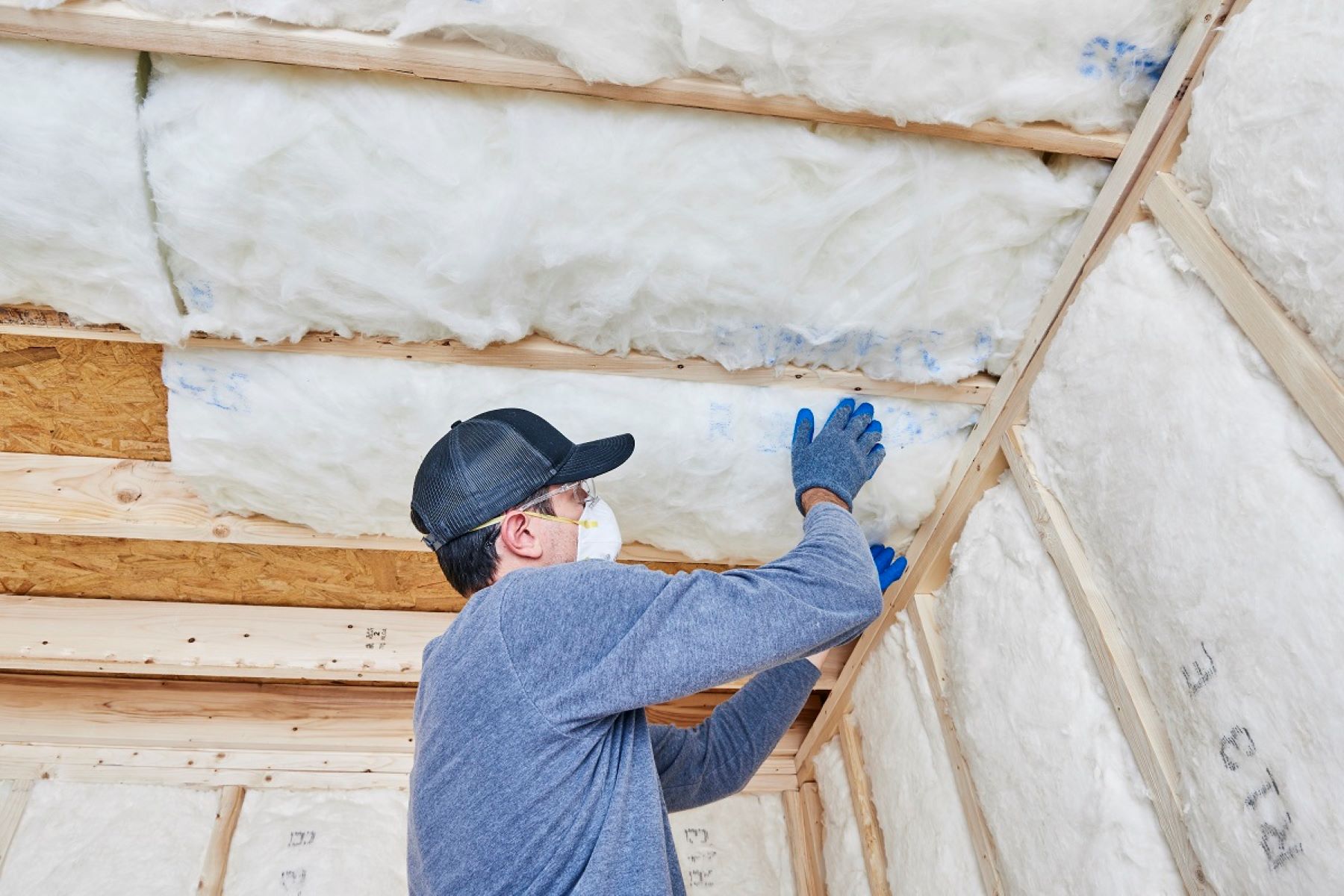
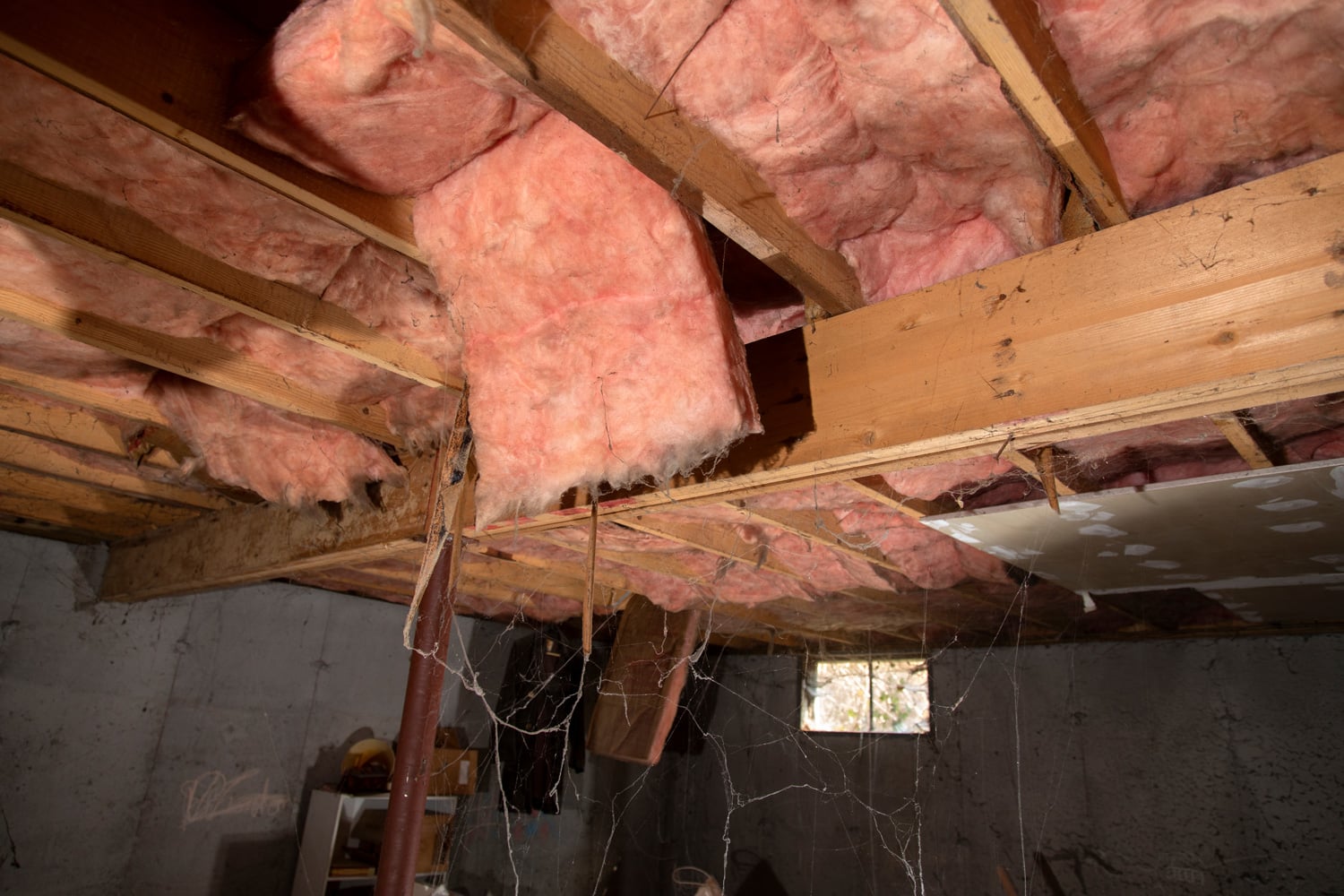
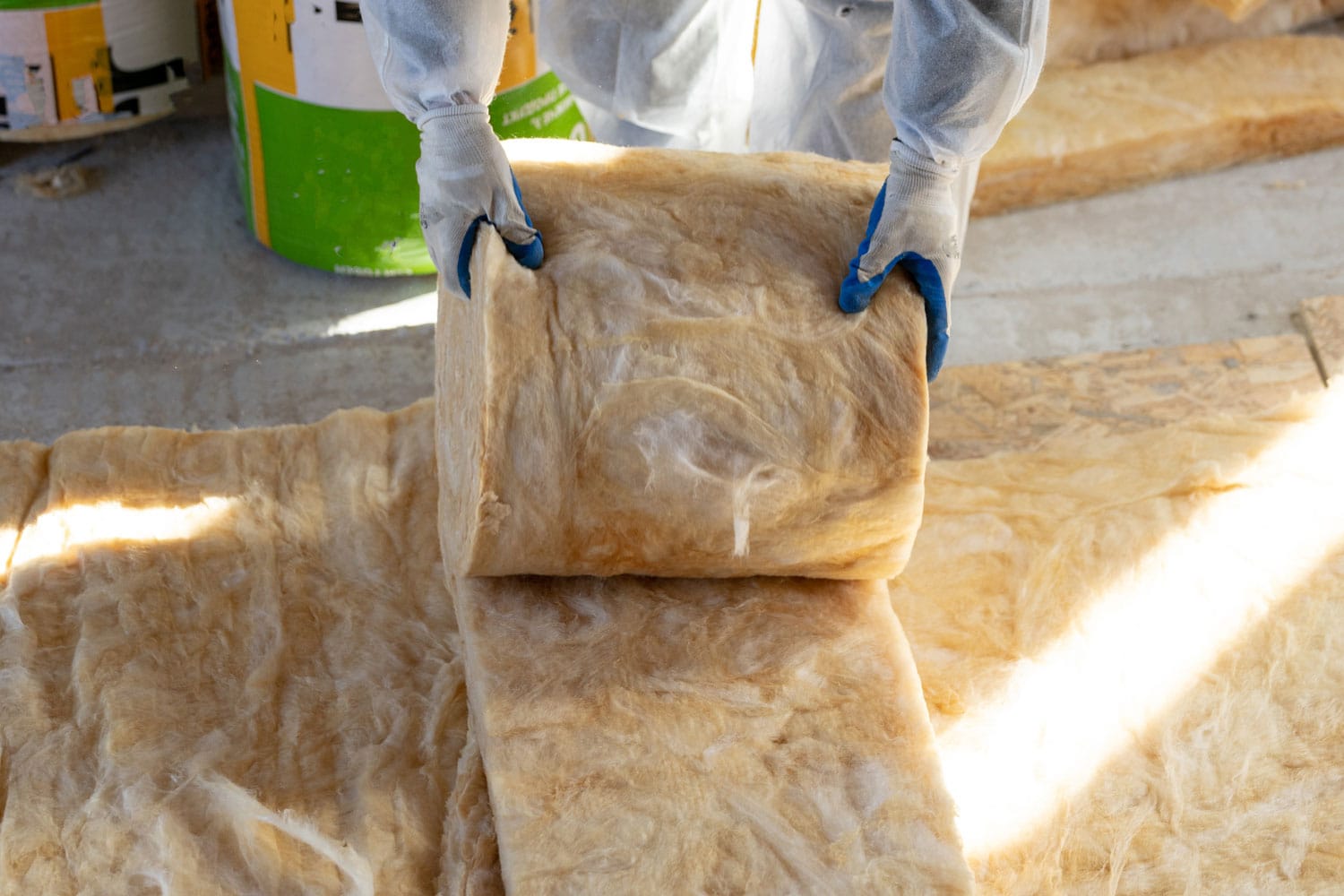
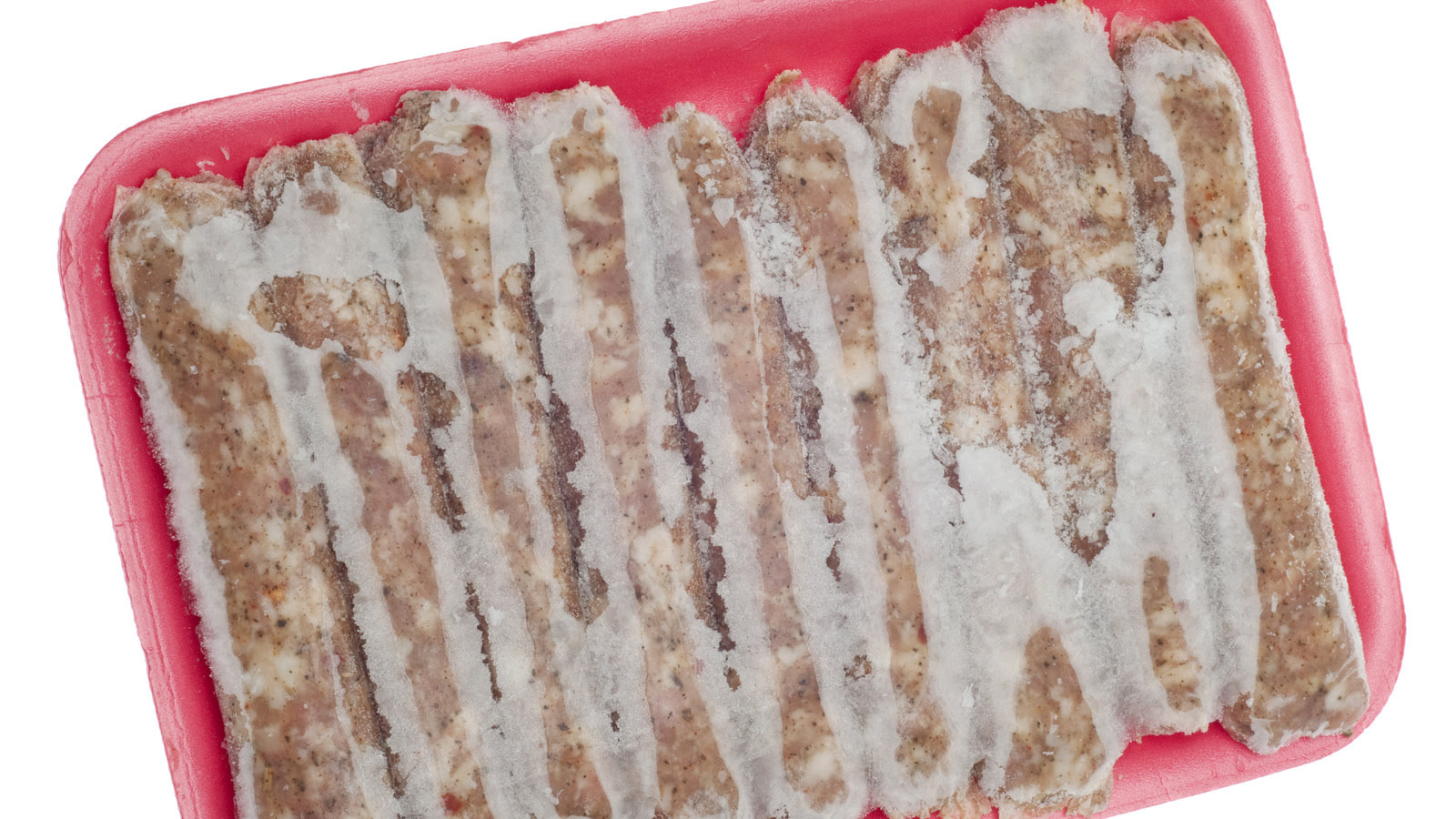

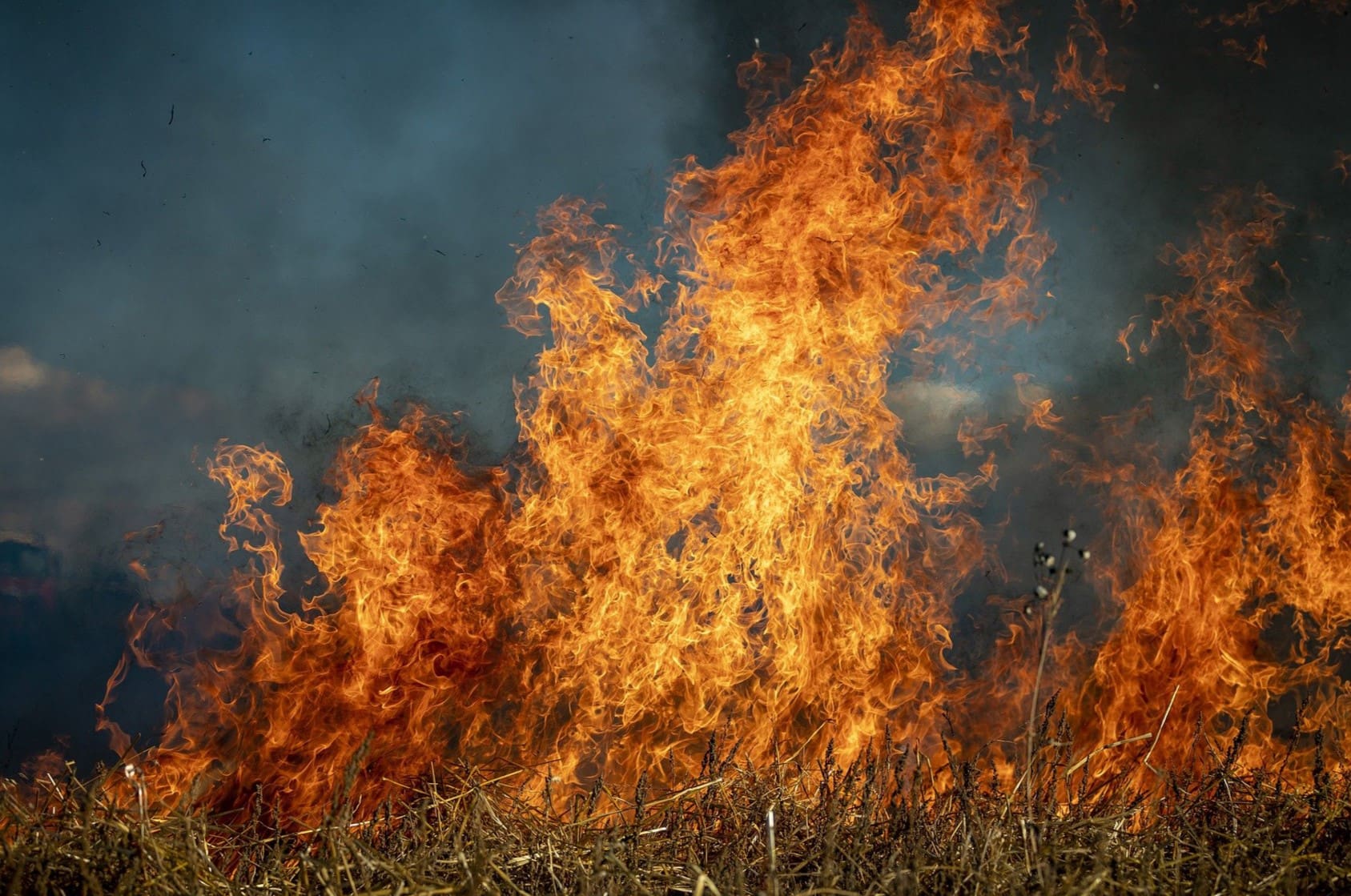
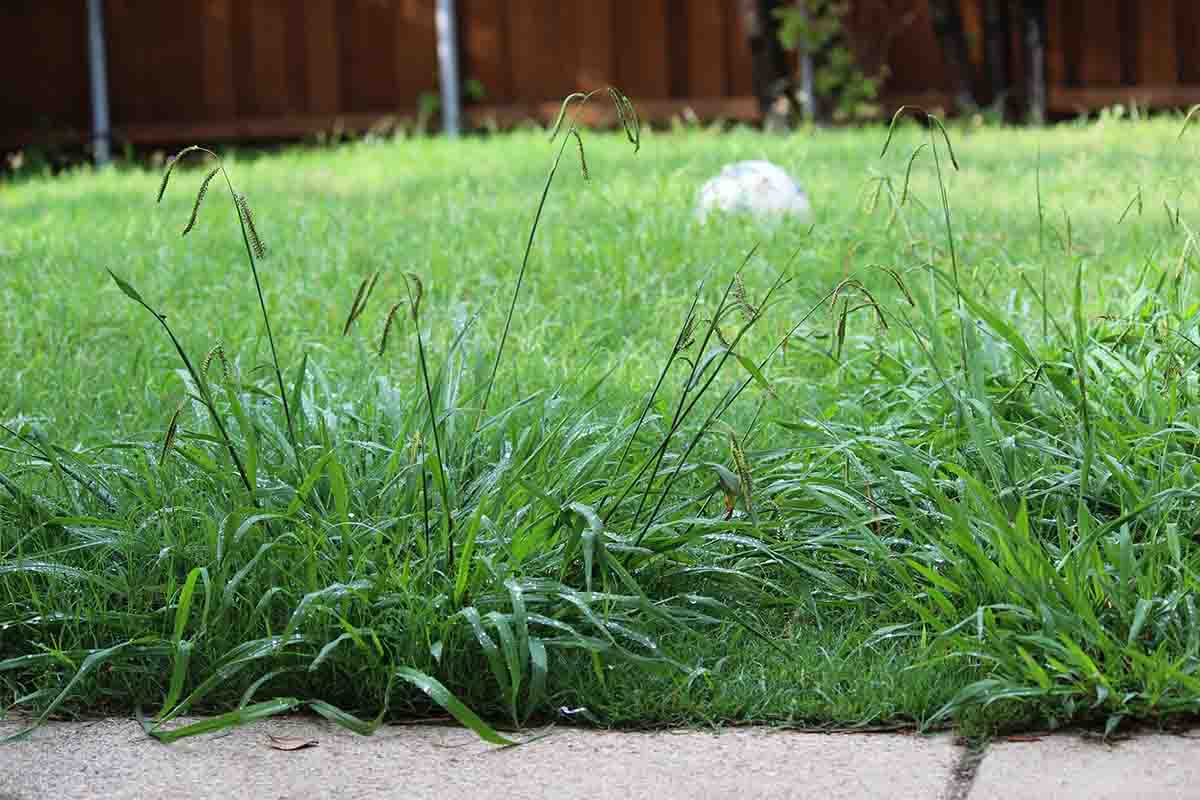
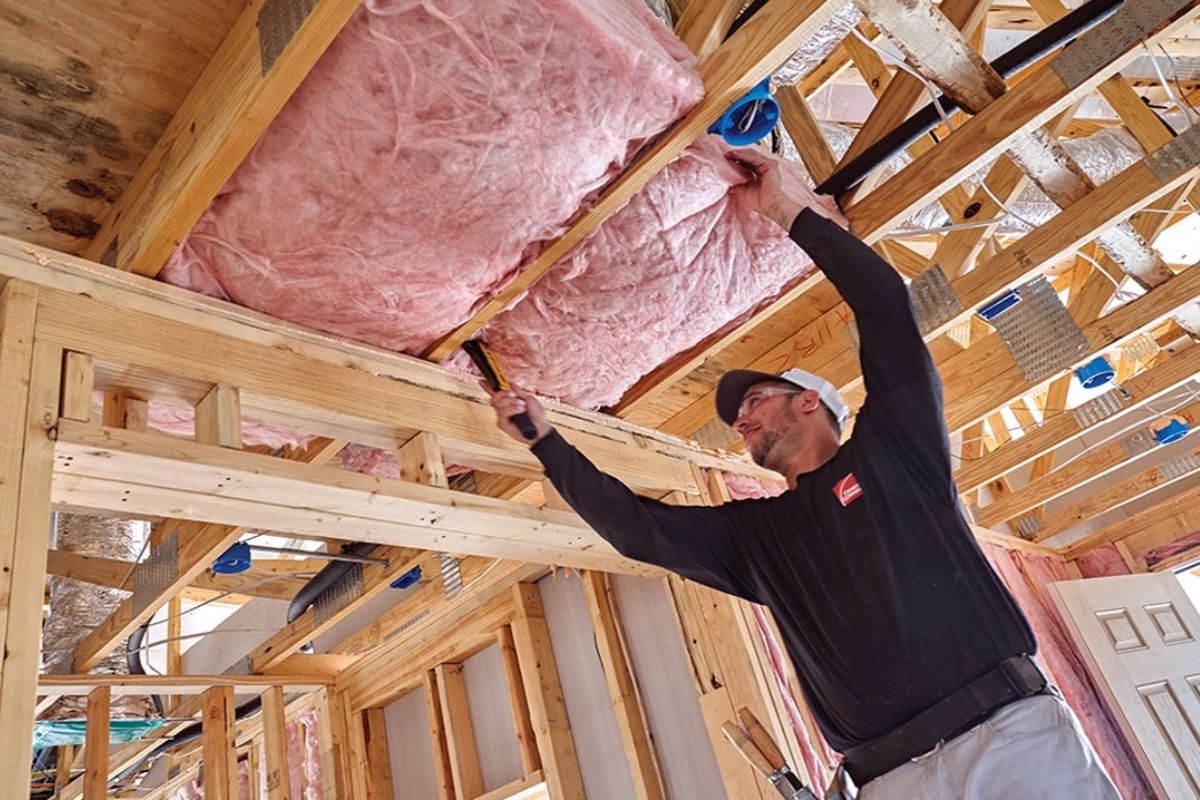

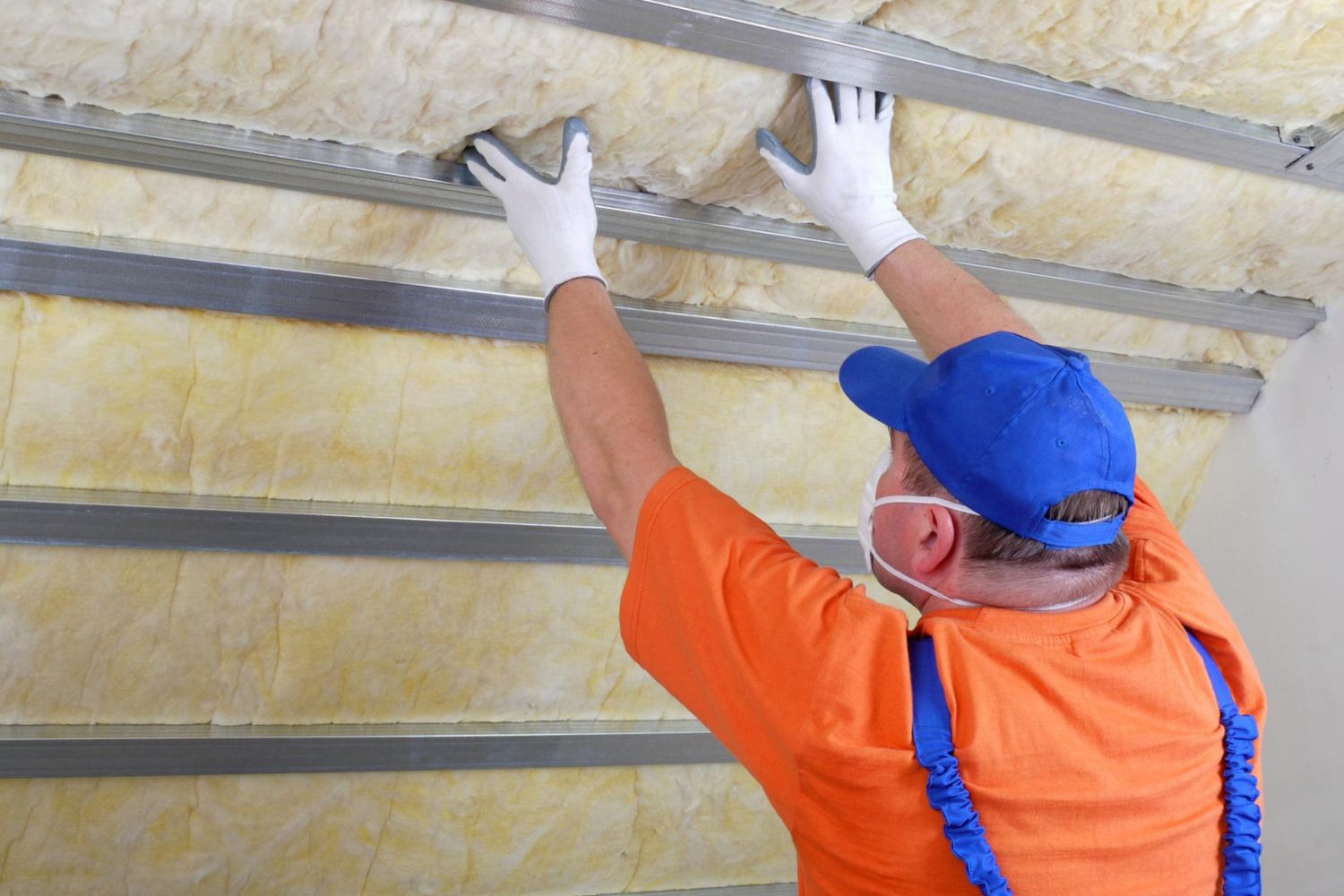


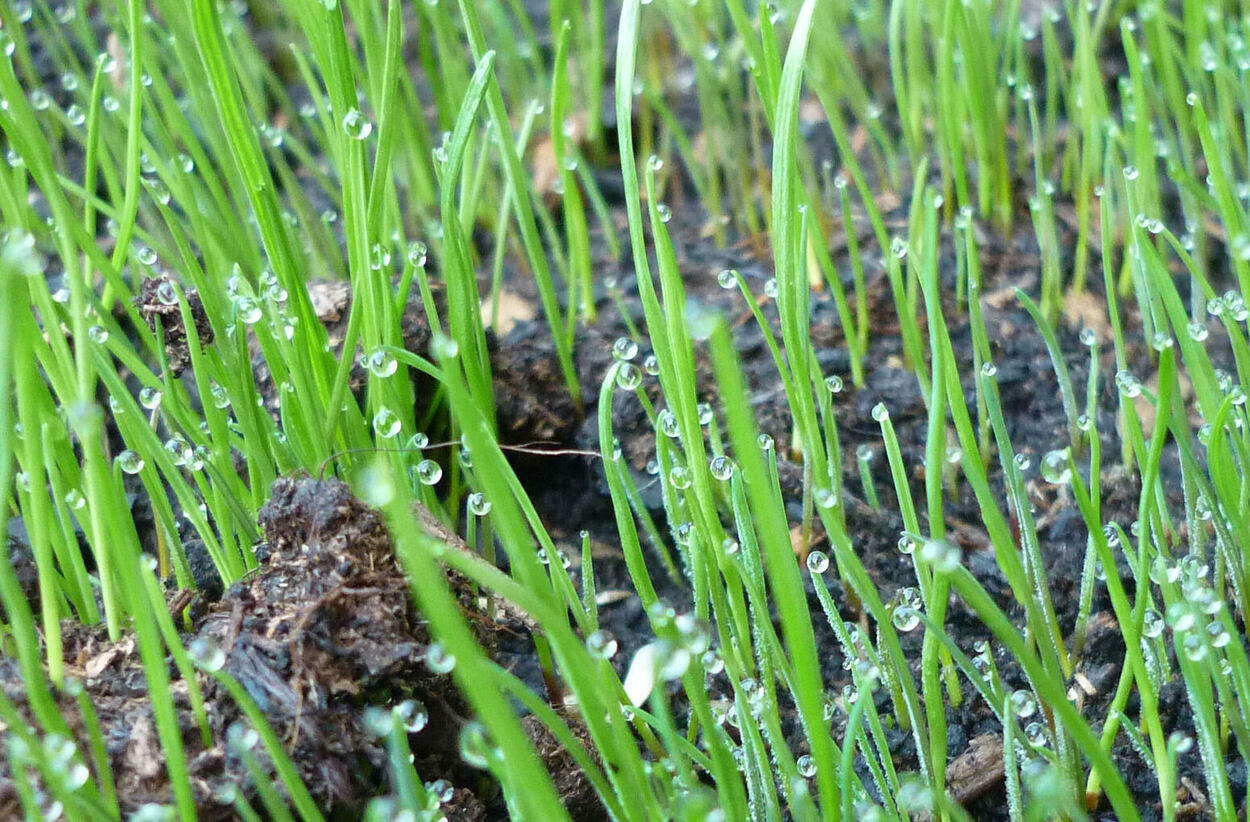

0 thoughts on “At What Temperature Does Fiberglass Insulation Burn”